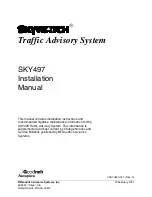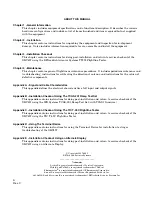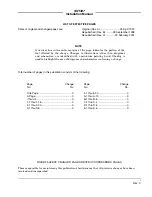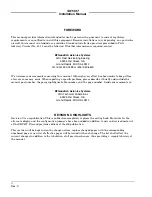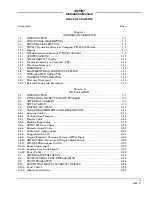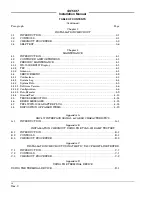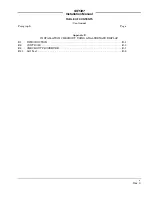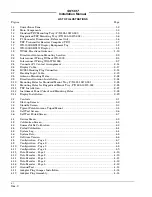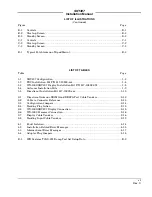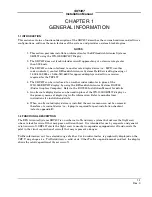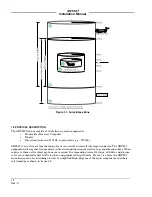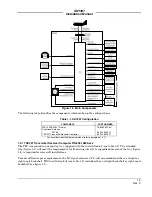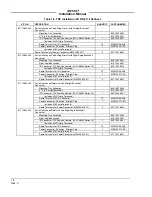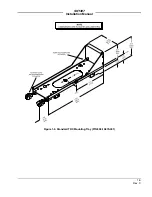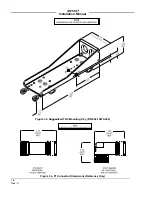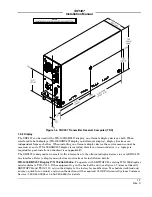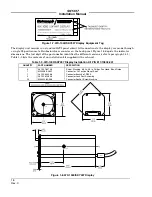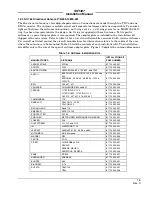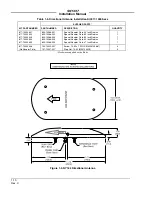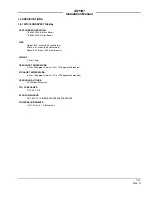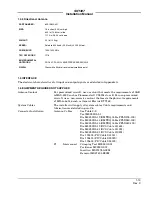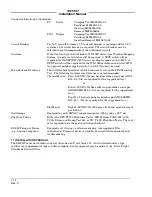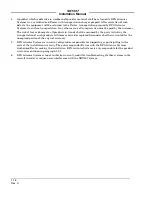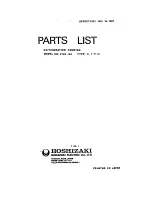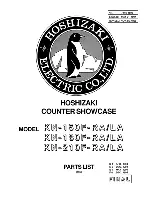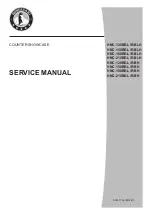
SKY497
Installation Manual
1-1
Rev. C
CHAPTER 1
GENERAL INFORMATION
1.1 INTRODUCTION
This section contains a functional description of the SKY497, describes the various hardware and software
configurations, outlines the main features of the system, and provides a system block diagram.
NOTES
1. This section provides installation information for the BFGoodrich Avionics Systems
SKY497 using the WX-1000/SKY497 Display.
2. The SKY497 does not track intruder aircraft approaching at a closure rate greater
than 900 knots.
3. The SKY497 can be interfaced to an alternate display device (i.e., MFD, weather
radar indicator), contact BFGoodrich Avionics Systems Field Service Engineering at
1-800-453-0288 or 1-616-949-6600 for approved displays and software version
required for the TRC497.
4. The SKY497 can be interfaced to a weather radar indicator in place of the
WX-1000/SKY497 display, by using the BFGoodrich Avionics Systems RGC250
(Radar Graphics Computer). Refer to the RGC250 Installation Manual for details.
5. An alternate display device can be used in place of the WX-1000/SKY497 display as
the primary means of displaying traffic information. Refer to manufacturer
instructions for installation details.
6. When an alternate display device is installed the service menu can not be accessed,
therefore a terminal device (i.e., laptop) is required for post-installation checkout
(refer to appendix E).
1.2 FUNCTIONAL DESCRIPTION
The BFG Avionics Systems SKY497 is an airborne traffic advisory system that advises the flight crew
where to look for aircraft that may pose a collision threat. It is intended for use by corporate and general
aviation aircraft. SKY497 alerts the flight crew to nearby transponder equipped aircraft and assists the
pilot in the visual acquisition of aircraft that may represent a danger.
Traffic information, out to a selected range of either 2 or 6 nautical miles, is graphically displayed on the
CRT. Using shapes (i.e., Traffic Advisory = solid circle; Other Traffic = open diamond) and text, the display
shows the relative position of threat aircraft.

